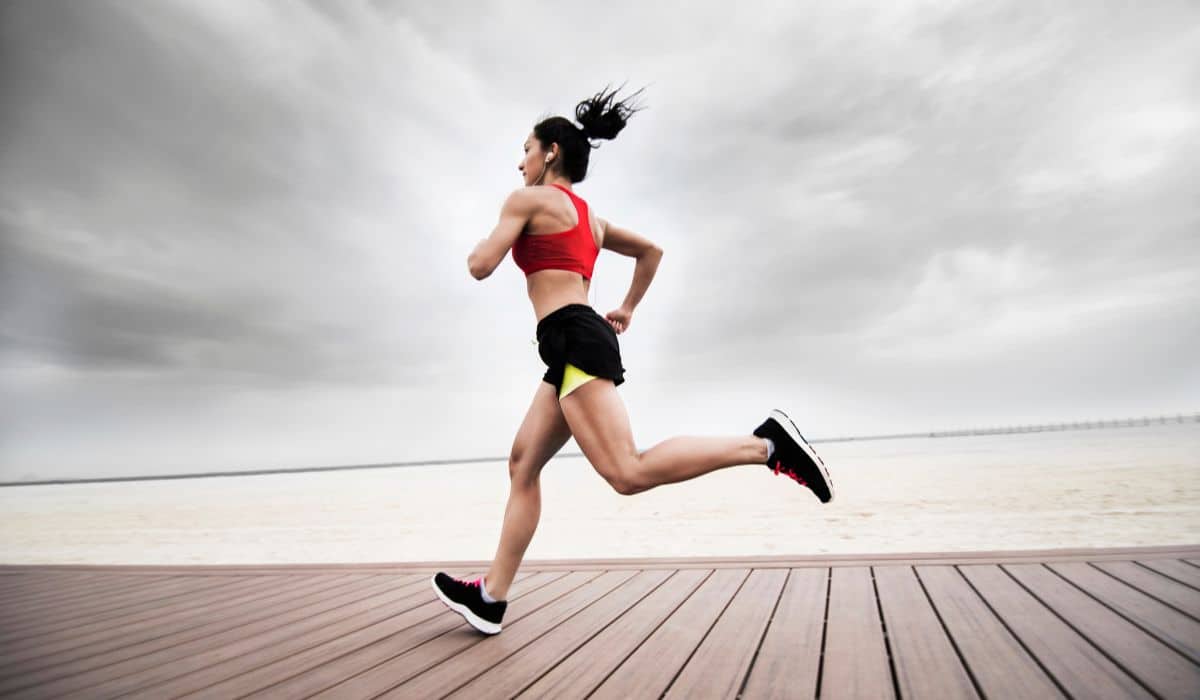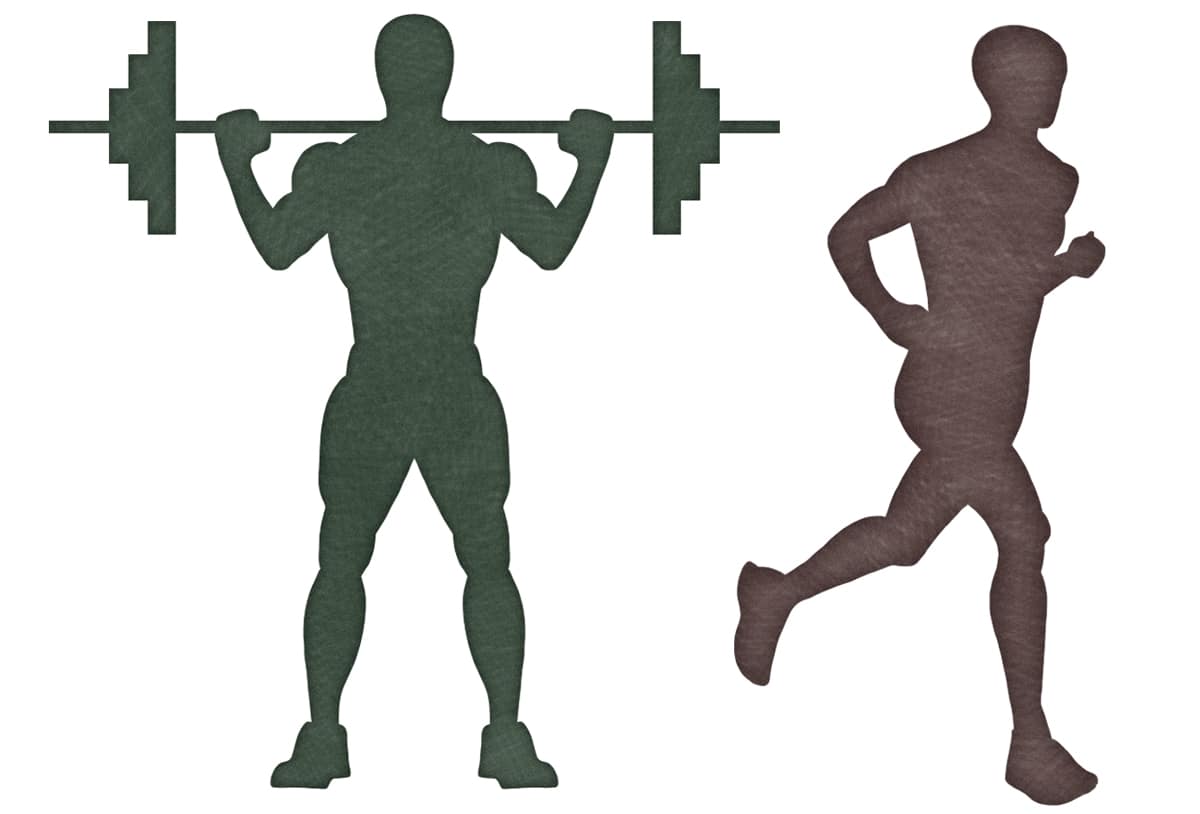
A new study (which is free full-text, so you can read it yourself if you like) just found that leg muscle strength was the most significant predictor of cognitive function in middle-aged to elderly women. This was true even after controlling for genetic factors (the study used pairs of identical twins) and other possible confounders.
This study measured correlation, not causation. Just proving that two things are associated doesn’t prove that one causes the other. But to quote the authors…
This study…adds to a body of literature indicating the importance of physical fitness in cognitive and brain ageing, and is novel in focusing on muscular fitness. Strength, replication, lack of evidence for confounding and dose response (linear association) all support the probability of a causal relationship.
That “body of literature” includes a lot of research connecting muscles, exercise, and brain health. Muscles are important for health for just about everyone, but they’re especially significant in aging because aging is often associated with muscle loss. Exercise also affects brain health in everyone, but brain health is particularly important for older adults, and this study adds to pre-existing research suggesting that exercise may help cognitive function for older adults with mild cognitive impairment.
The new and interesting part about the study above was that the researchers found only a weak relationship between overall physical activity and cognitive function: the relationship was specific to leg power. The researchers used a machine that made the subjects do a motion like pushing down on the gas pedal of a car. The machine measured how hard they could push the pedal. Subjects who pushed the pedal harder in 1999 had overall better brain health at the time, and also 10 years later in 2009.
The authors thought that leg muscle power is probably a marker for a particular type of exercise that improves cognitive function. It's not that the subjects had some magical brain-enhancing type of muscle in their legs. It's that the specific types of physical activity that make leg muscles more powerful may also be the right types to do for brain health. The leg strength was just a result of doing the right kind of exercises.
But what the authors didn’t do was explore any practical exercise recommendations, or really go in-depth into the ways that muscle-power-building exercises might affect brain function. So here’s a look at some other research to put this one study in context. The specific ways that exercise and muscle health affect brain health in these studies suggest that higher-intensity exercises (not just walking) might be important for healthy brain aging.
Aging, Exercise, and Neuron Health
One connection that could link brain health and muscle health in aging is the way that exercise improves your brain’s ability to keep your neurons functioning.
Neurons are the cells in the brain that make it possible for to think. Neurotrophic factors are proteins that help keep your neurons healthy and make new ones as necessary. Neurotrophic factors are important for protecting against neurodegenerative diseases (like Alzheimer’s and Parkinson’s).
This study found that exercise increased levels of one neurotrophic factor (called Brain-Derived Neurotrophic Factor, or BDNF), with the increase dependent on intensity. More intense exercise raised BDNF by a greater amount. By increasing BDNF levels, exercise would help improve neuronal health and maintain the brain’s ability to repair itself. This could explain why leg power specifically was so important in the study – leg power would be a sign that the person had engaged in more intense exercise (not just walking).
Aging, Mitochondria, and Brainpower
Another reason why leg strength might be associated with better mental health is that it’s a marker for the kind of exercise that improves mitochondrial health.
Mitochondria are like miniature energy factories inside your cells. The more of them you have, the more energy your muscles can produce, and the harder those muscles can work (running more miles, lifting more weight, sprinting faster, or whatever other work they need to do). Exercise is a stimulus to increase mitochondrial content in the muscle: that’s one reason why you get stronger if you do it regularly.
Aging is associated with changes to mitochondria in muscle cells – some of that is just part of getting old, but some of it is also a result of inactivity. Age-related mitochondrial changes are a central part of the free radical theory of aging (the idea that oxidative stress and free radical damage accumulate to cause aging. Specifically, mitochondrial dysfunction associated with aging may contribute to neurodegenerative diseases like Alzheimer’s Disease and dementia.
Mitochondria are also involved in inflammation (if you need a catch-up on inflammation, you can get it here). The mitochondrial changes in neurodegenerative diseases are inflammatory.

Exercising helps slow the mitochondrial decline. This study explains in more detail how exercise helps prevent age-related changes in mitochondria. Exercise-related improvements in mitochondrial health can help the body repair itself and recycle old cells as necessary. As an interesting piece of trivia, exercise might actually help by mimicking the effects of calorie restriction in muscles, without the need for the person to actually restrict calories. Calorie restriction is one way to limit age-related mitochondrial damage; exercise might mimic that effect without the other problems that come along with actual calorie restriction.
Strength training, endurance training (“cardio”), and high-intensity training can all increase mitochondria, but very low-intensity exercises like walking don’t seem to provide enough of a stressor to really do the trick. That fits again with the study’s findings that leg power (as opposed to simply physical activity) is associated with better brain health. Maybe leg power is a sign of exercise intense enough to get the mitochondria going.
Summing it Up
There’s been a lot of research on exercise and aging, and it’s important to remember how much we don’t know (a lot more than we do know). So far, it looks like the best kind of exercise for maintaining healthy brain function is exercise that builds muscle strength and power, not just activity in general. Muscle-power-building exercises might help increase cognitive function and slow aging more generally by increasing levels of neurotrophic factors, reducing mitochondrial aging, or generally acting on inflammatory and immune responses.
Cardiovascular exercise like running can actually build muscle power, especially relative to being completely sedentary. Weight training and high-intensity interval training (like sprinting) can also help affect mitochondrial health and neurotrophic factors. But even though walking has other benefits, most of the evidence suggests that walking (and other very low-intensity exercise like gardening, golfing, etc.) isn’t enough to get the full brain-health benefits of exercise.
All together, this makes a pretty strong case for older people to do higher-intensity exercises on top of more gentle exercise for optimal anti-aging benefits.
Luckily, just before the leg-strength-and-aging study came out, a new Guinness World Record provided some amazing inspiration. This Japanese centenarian is still setting world records in sprinting – what do you bet his mitochondria are in great shape?





Leave a Reply